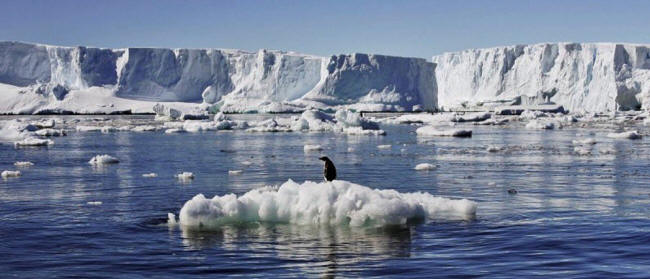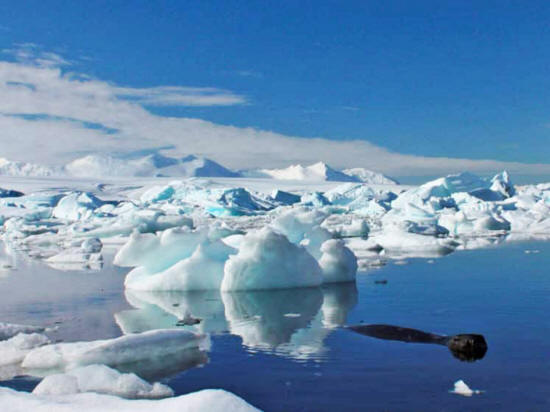|
from DailyCaller Website
Some recent studies provided evidence this might be the case, but even this study's authors were skeptical.
NASA says Hélène Seroussi's study (Influence of a West Antarctic mantle plume on Ice Sheet Basal Conditions) provides more evidence of geothermal activity underneath a portion of the world's largest ice sheet.
Scientists tend to worry more about future 'global warming's' effect on Antarctic ice sheet.
NASA glaciologist Eric Rignot said western ice sheet collapse is "unstoppable" and could dramatically raise sea levels.
However, Antarctica has gone through periods of instability in the past.
Seroussi's study provides important context for the western ice sheet's instability, and how mantle plumes may play a role.
Seroussi and co-author Erik Ivins used enhanced numerical modeling to see if a mantle plume could really be creating rivers of melted water under Marie Byrd Land in western Antarctica.
They compared their model to real-world observations of changes in the ice sheet.
Scientists think mantle plumes are thin streams of heated rock that makes its way upward, melting ice and creating rivers and lakes of meltwater under Antarctica's western ice sheet.
Mantle plumes could have contributed to ice sheet instability about 11,000 years ago.
Seroussi's study showed a mantle plume pushes 150 milliwatts per square meter of heat up towards the ice sheet. That's about two to three times the heat flux of regions of the world without volcanic activity.
A 2014 University of Texas study (Evidence for elevated and spatially variable geothermal flux beneath the West Antarctic Ice Sheet) found western Antarctica was a literal hotbed for geothermal heat.
Researchers concluded that,
The following year, another team of U.S. scientists found there's a huge amount of geothermal heat under western Antarctica.
Earlier this year, Scottish researchers found 91 previously unidentified volcanoes under the Antarctic ice sheet, including one that's some 13,000 feet tall.
|



